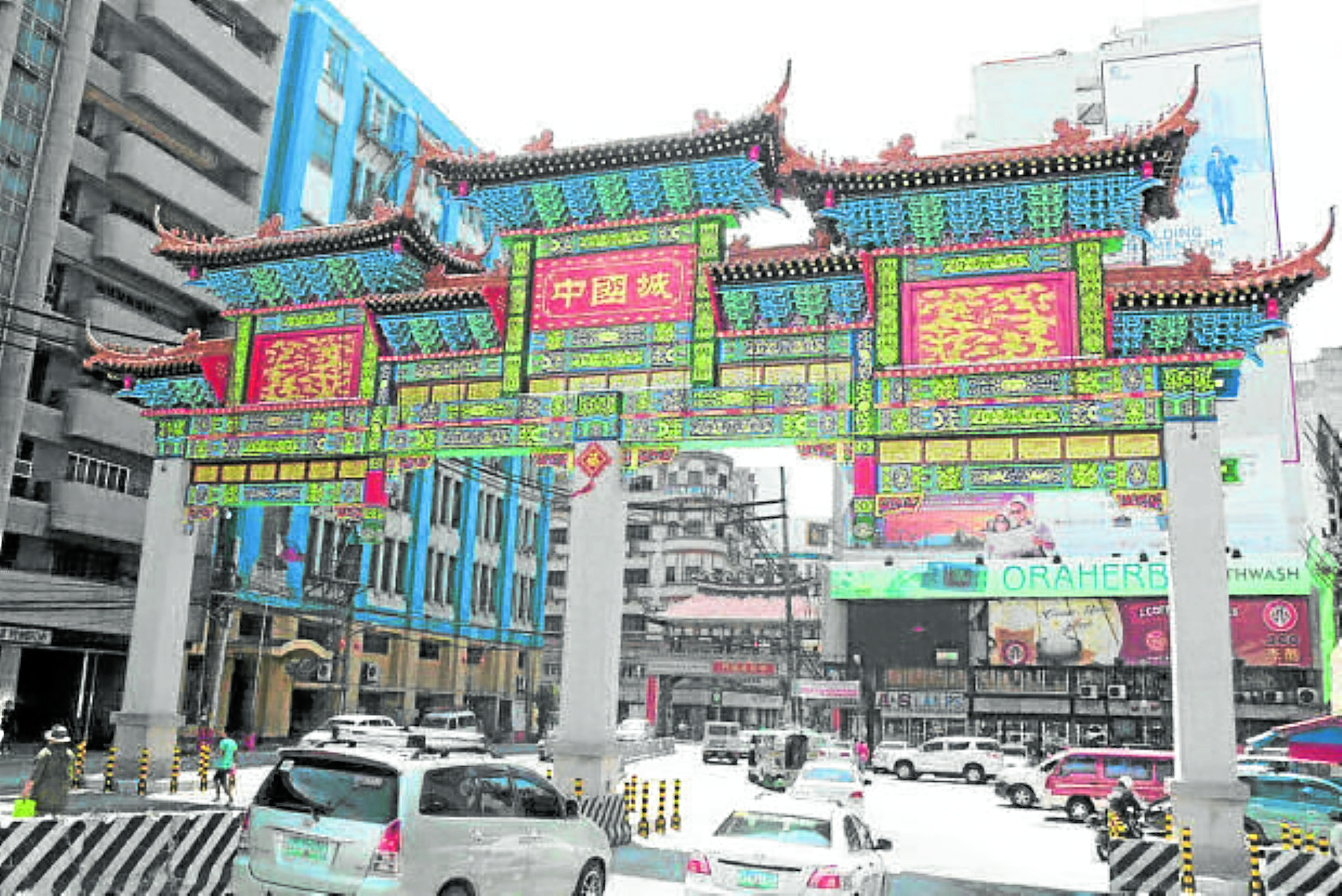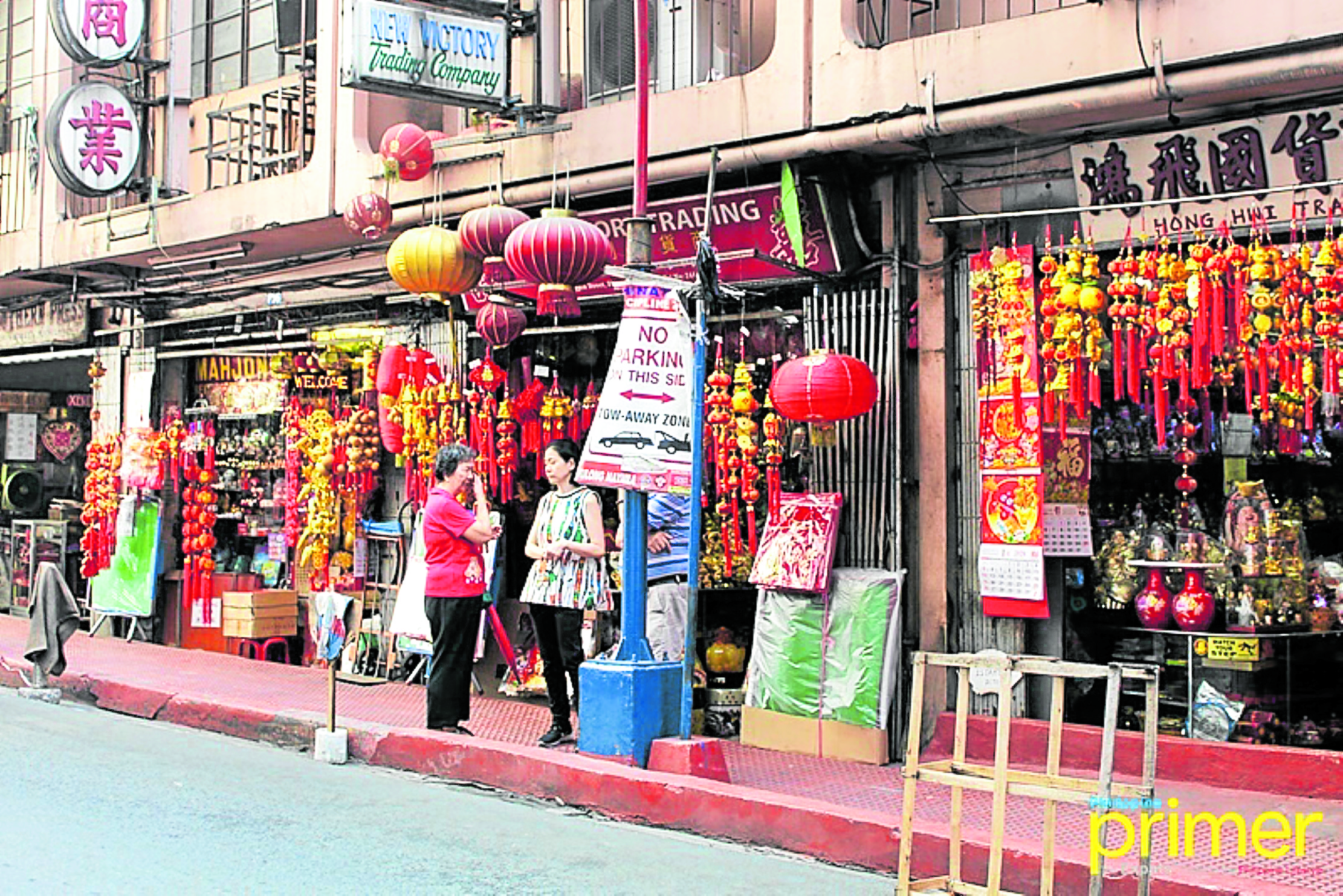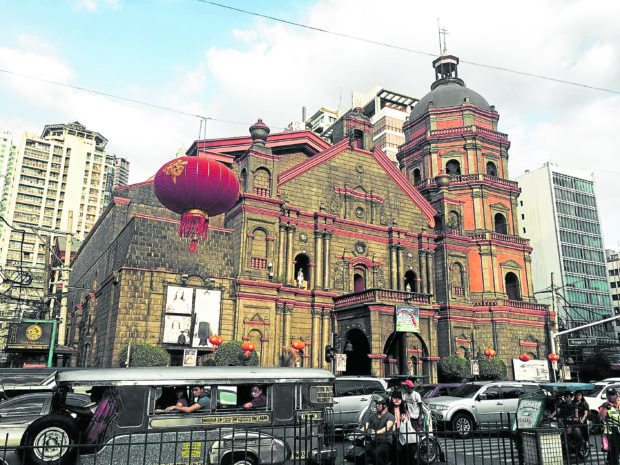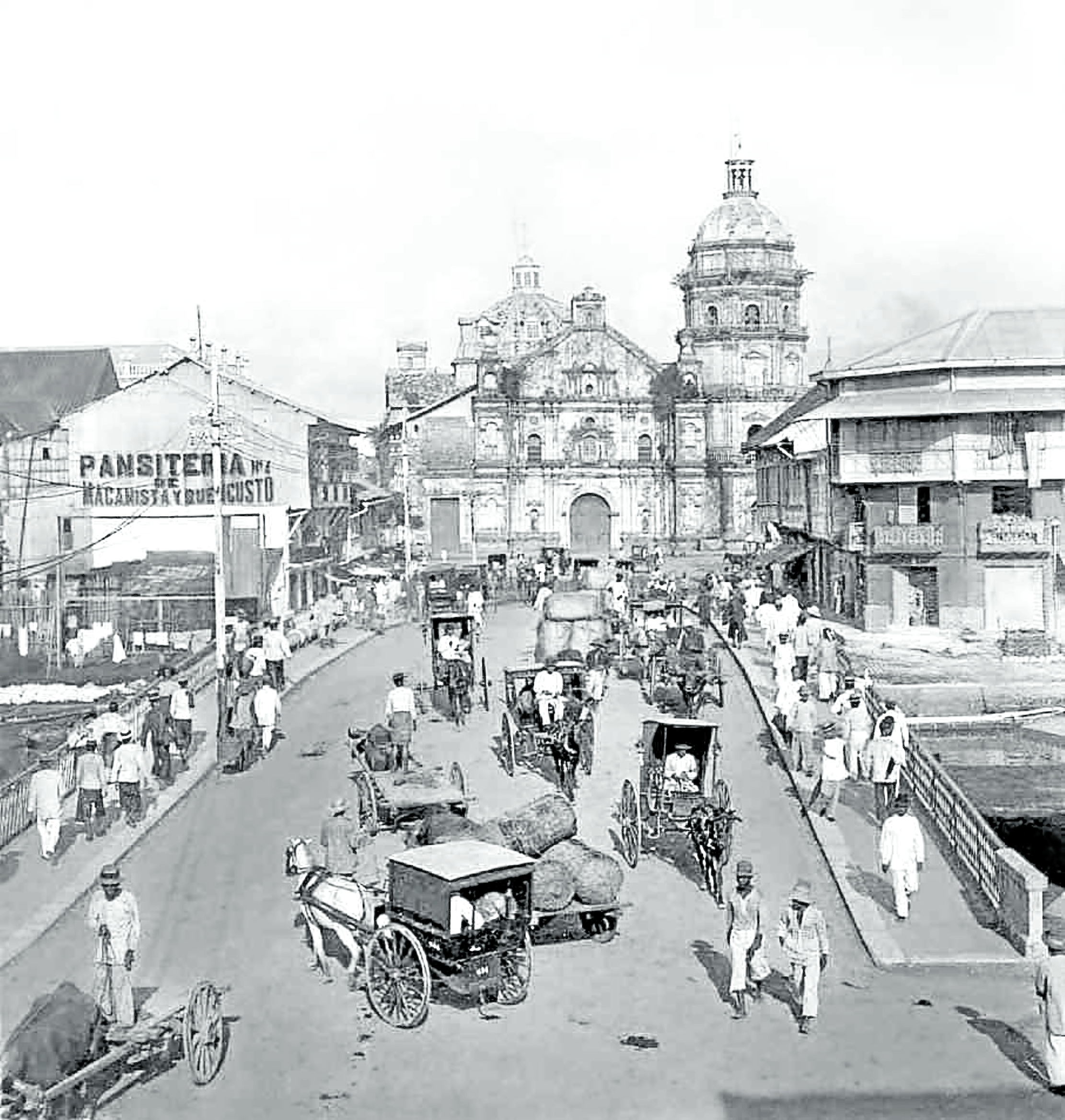The economic bastion that is Binondo
Binondo—established in 1594 by the Spanish as a settlement for Chinese immigrants who converted to Catholicism—represents a unique blend of cultures and a pivotal moment in Philippine history.
Its creation near Intramuros, then a Spanish stronghold, acted as a bridge between diverse communities, fostering a space where Chinese immigrants, upon conversion, received privileges such as tax exemptions and limited self-governance. This foundational ethos of multicultural integration and economic freedom laid the groundwork for Binondo’s emergence as a vital commercial hub.
Architectural marvels and cultural hotspots
The architectural landscape of Binondo is a testament to its rich history, blending Chinese and Spanish influences with modern adaptations.
Key sites like the Jones Bridge, with its neoclassical design and ornate details, and the Ongpin Street shophouses, featuring Spanish colonial and Chinese architectural elements, illustrate Binondo’s ability to preserve its heritage while evolving. The Seng Guan Temple and Binondo Church further symbolize the district’s religious and cultural diversity, offering insights into the spiritual lives of its residents.
Bringing business close to home and family
Shophouses serve as residential and commercial spaces, wherein the ground floor is typically used for business while the upper floors serve as the family home.
Article continues after this advertisementThis architecture facilitates a close-knit community, fostering strong business relationships and a vibrant street life essential for commerce. These buildings have historically accommodated a variety of enterprises, from traditional medicine shops to modern retail outlets, ensuring the economic vitality and adaptability of the community.
Article continues after this advertisementStrength of community entrepreneurship
Patriotic empathy fuels the solidarity and mutual support among Chinese businesspeople in Binondo, driven by shared fears of discrimination, cultural honor, and collective economic interests.
This sense of community has been a significant factor in Binondo’s economic development. Business owners often support each other through informal networks, offering advice, financial assistance, and other resources. This camaraderie not only strengthens individual businesses but also contributes to the overall stability and growth of the local economy.
Binondo’s economic resilience
Binondo’s strategic location and entrepreneurial spirit have historically cemented its status as Manila’s economic heart. It thrived as a center for business and finance, housing banks, and financial institutions that earned Escolta Street the moniker “Wall Street of the Philippines”.
After many companies moved to Makati following World War II, Binondo remained an economic powerhouse, famously becoming the “Binondo Central Bank” during the financial crisis in the 80s, due to the influence of local Chinese businessmen on the peso-dollar exchange rate.
Cultural and economic renaissance
Today, Binondo is a vibrant commercial and cultural district, attracting locals and tourists with its unique offerings. The area’s dynamic markets, traditional wholesale shops, and diverse culinary options reflect its ongoing role as a center of economic activity and cultural exchange.
Efforts to preserve and revitalize historical streets and buildings, such as the First United Building and the Regina Building on Escolta Street, highlight the community’s commitment to celebrating its heritage while embracing modernity.
The author (www.ianfulgar.com) is a leading architect with an impressive portfolio of local and international clients, his team elevates hotels and resorts, condominiums, residences, and commercial and mixed-use township development projects. His innovative, cutting-edge design and business solutions have garnered industry recognition, making him the go-to expert for clients seeking to transform their real estate ventures



